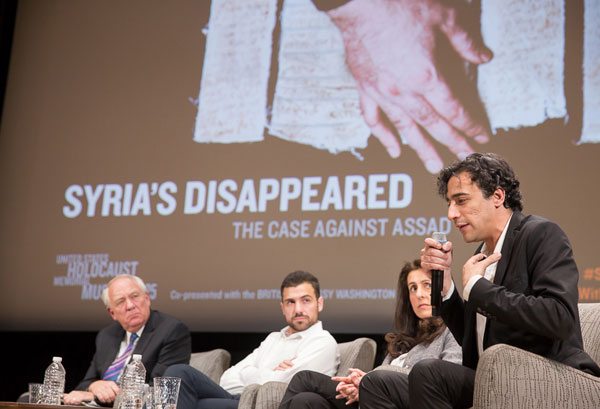
September 17, 2017; New York Times
The United States Holocaust Memorial Museum recently released a study analyzing the Obama administration’s Syria policy and whether it could have been improved to produce a better outcome in the Syrian civil war. Almost immediately, policy analysts, Jewish community leaders, and others criticized the study so harshly that it was pulled from the museum’s site (although it still circulates via email among academics). When news outlets contacted board members to ask about the decision-making process, it became clear that many of them had no idea the study had been done, let alone released, until they saw it on the website.
This is a painful example of a situation where better communication among nonprofit leadership could have prevented embarrassment. Either choosing not to release the study at all, or making the informed and unified decision to release it and stand behind it, would have brought better optics (not to mention ethics) to this very prominent organization. Part of the mission of museums is to spark critical public discussion—including, indeed perhaps especially, issues that raise controversy, such as the topic of whether “humanitarian intervention” is appropriate or unwarranted. But by releasing a document then recalling it, rather than using the report as a framing device for a public conversation, the discussion has centered not on debating the findings of the report but instead on standard, mundane Washington political infighting.
According to the New York Times, “Though the [study’s] authors found much to dislike in President Obama’s decisions on Syria, they also concluded that no single American action would have guaranteed a significant reduction in the violence there.”
It is unclear why few museum leaders seem to have been aware of the study’s release, much less weighed in on it. Several members of the Committee on Conscience, which oversees the think tank that produced the study (the Simon-Skjodt Center for the Prevention of Genocide), said they weren’t aware of the study until after it was posted online. Ben Rhodes, a national security advisor to President Obama who was deeply involved in Syria policy and has been a museum board member since January, told the New York Times in an email that he learned of the study only earlier this month.
Reactions to the study are, at the very best, mixed. Laura Seay, an Assistant Professor of Government at Colby College, called it “a model of bringing methodological & analytical rigor to a space (public policy report-land) where those are rare.” Leon Wieseltier, a senior fellow at the Brookings Institution and the former literary editor of the New Republic, said, “The first thing I have to say is: Shame on the Holocaust Museum…[for] releasing an allegedly scientific study that justifies bystanderism.”
According to its website, “The mandate of the Committee on Conscience is to alert the national conscience, influence policy makers, and stimulate worldwide action to confront and work to halt acts of genocide or related crimes against humanity.” Critics of the study contend that, as part of a museum whose existence is dedicated to genocide prevention, the Center is obliged to advocate for intervention where genocide occurs, as in Syria.
Sign up for our free newsletters
Subscribe to NPQ's newsletters to have our top stories delivered directly to your inbox.
By signing up, you agree to our privacy policy and terms of use, and to receive messages from NPQ and our partners.
Now, instead of sparking a conversation about the difficulty of making decisions in conflict zones or the obligation of mighty nations like the United States to intervene in humanitarian crises, the museum’s decision created a conversation about whether the Holocaust Museum is compromised by partisan alliance and who made the call to pull the study once the outrage burst. (It is still unclear who made that decision, and Sara Bloomfield, the museum’s director, is not speaking to the press.)
The New York Times reported,
Menachem Z. Rosensaft, who was appointed as a museum trustee by President Bill Clinton and Mr. Obama, said that he learned of the report after it was published, and understood the decision to pull it. Mr. Rosensaft, an adjunct law professor at Cornell University and Columbia University, said, “It leaves the option of discussing the report internally, deciding whether or not to keep it pulled, deciding whether to repost it, or deciding to post or publish it but in a broader context together with other opinions.”
Rosensaft’s recommendations all sound like things that should have happened before the museum posted the study, not after.
The museum’s leadership has missed an opportunity here to have a conversation about their mission and their responsibility for educating the public. If they had come to an internal conclusion that their study was solid and warranted release, they had an opportunity to take a stand on academic integrity, U.S. responsibility in foreign conflict zones, and other issues. Not to mention, of course, that the genocidal conflict in Syria is still ongoing, though the world seems to have forgotten it, and the museum also missed an opportunity to call out the world’s short attention span for humanitarian crises.
NPQ has said it before, and we’ll say it again: Communication is key. Talk to your board. Consulting with the community might have saved the Holocaust Museum a misstep that strikes at the very core of its mission and credibility.—Erin Rubin













